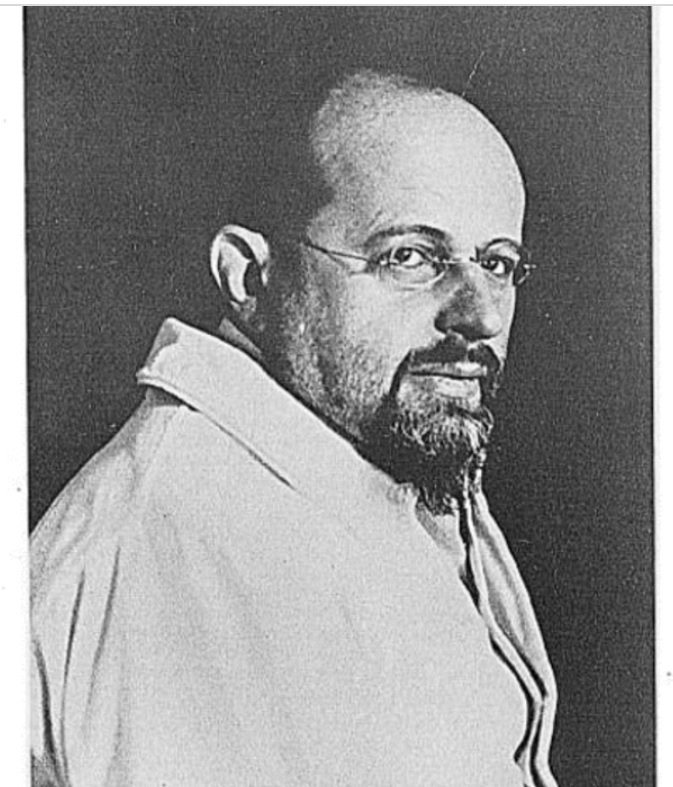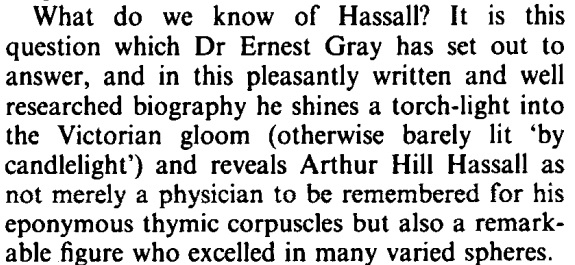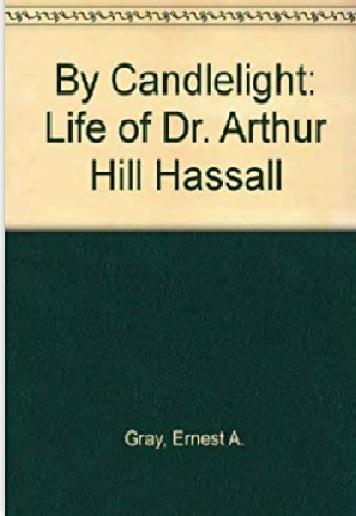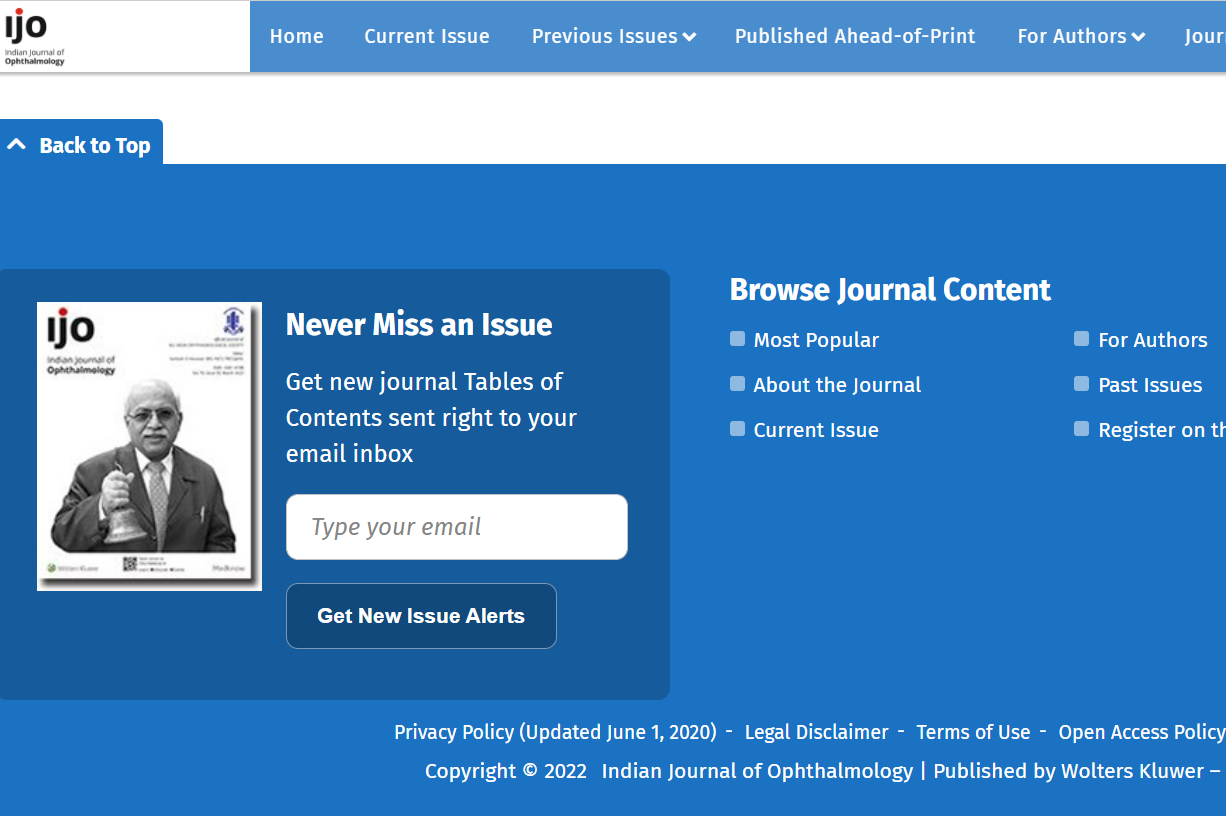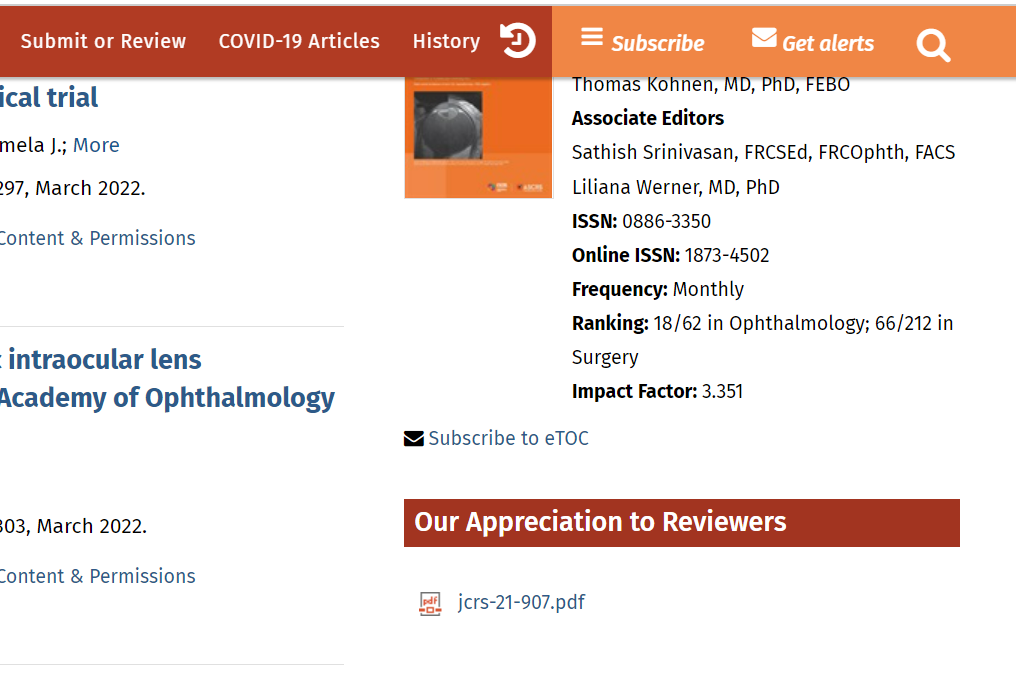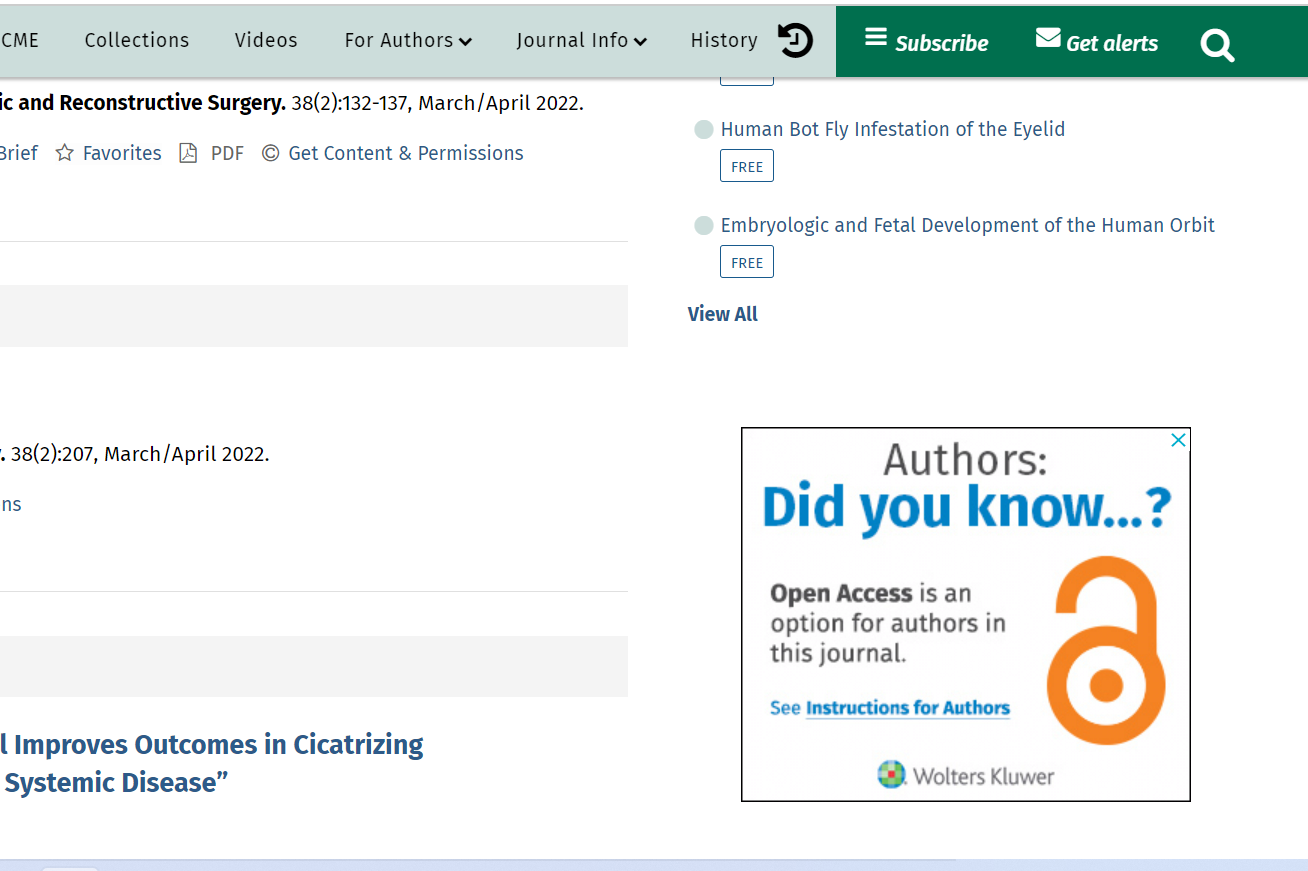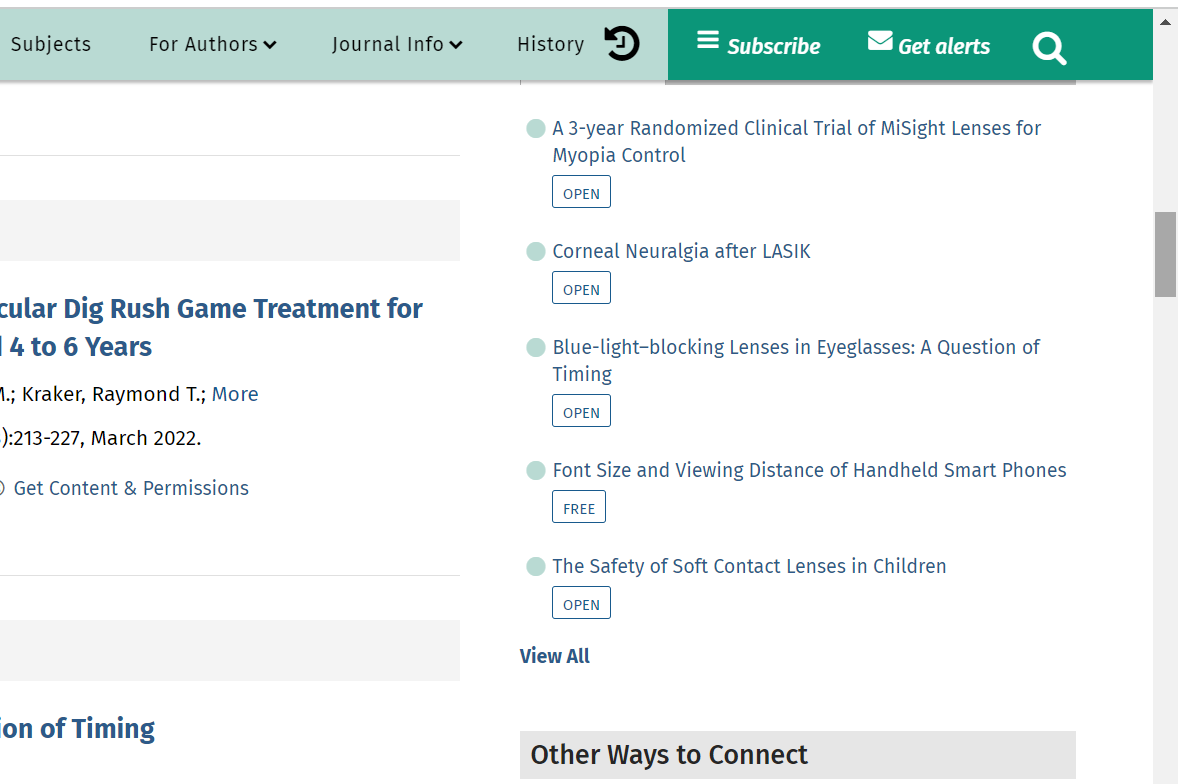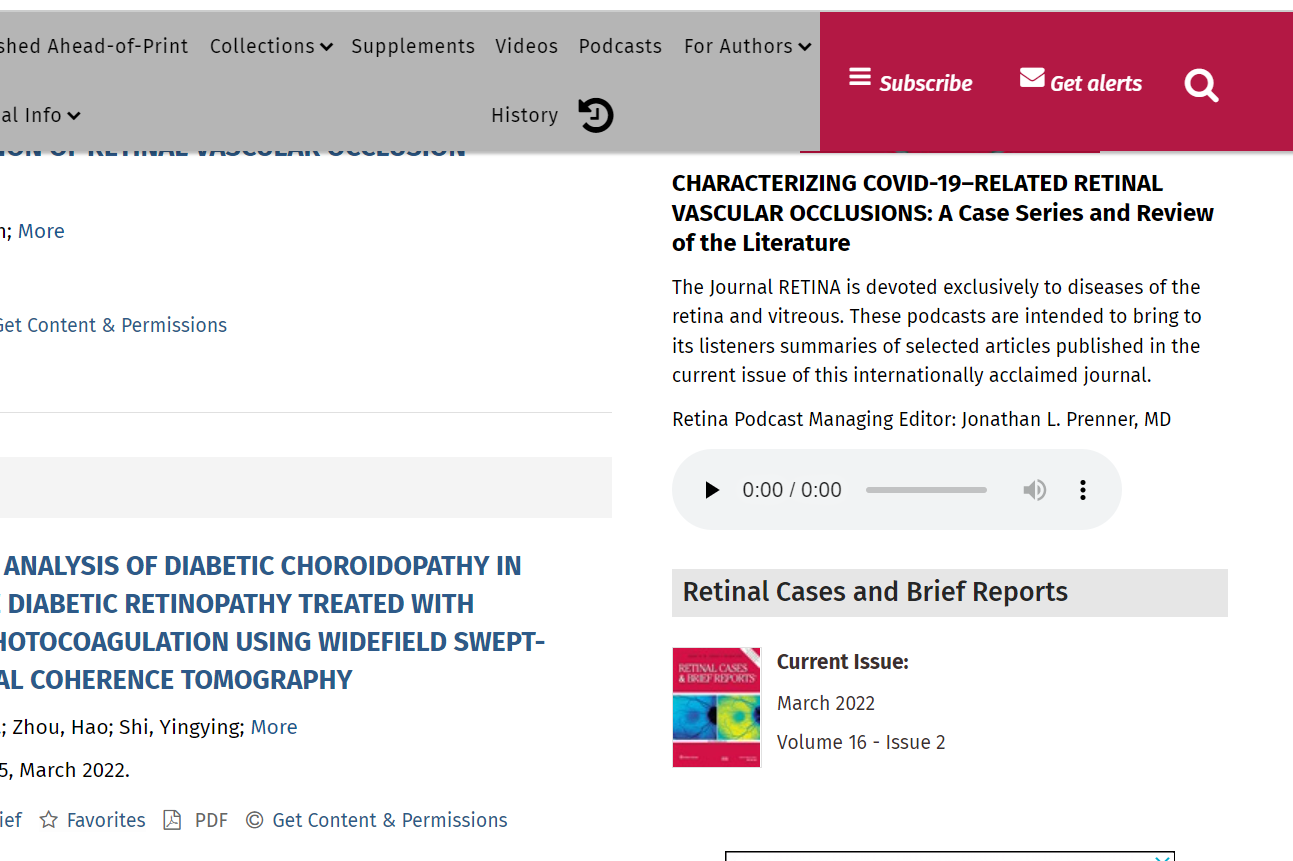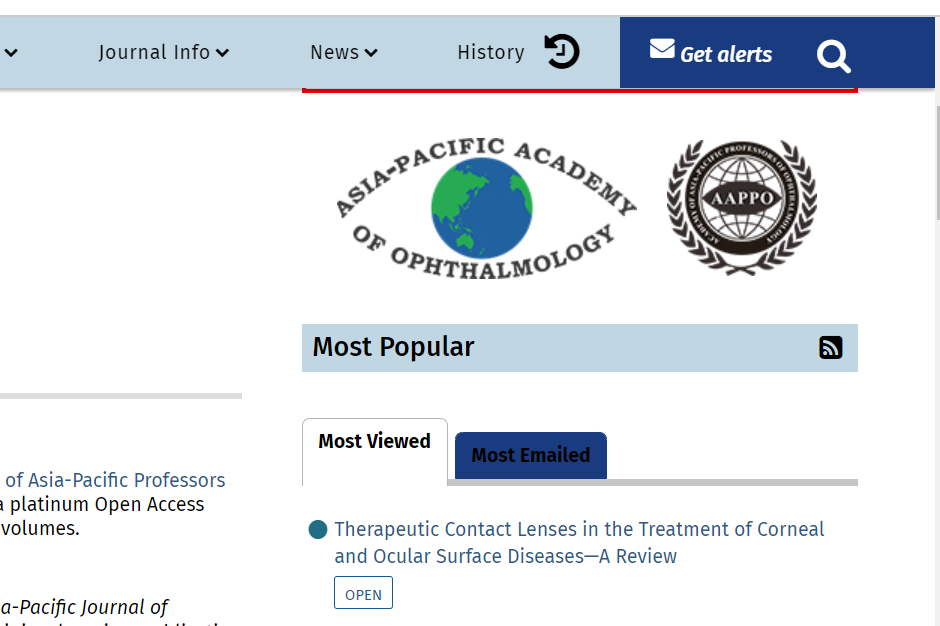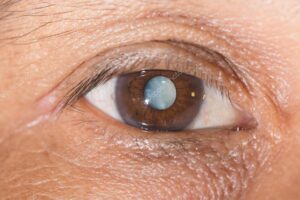How do you know if a scientific article is reliable?
Every topic that you search for has thousands of research articles. Although the internet had made it easy to search for every article we need, it also made it difficult by giving thousands of options for a single topic. The scientific reliability of the article becomes a question mark. We can’t review a thousand articles for one topic, it is practically impossible. Somehow we need to reduce it to 20-25 articles. These are some rules I realised in the long run from my reading experience to select the articles.

- Identifying the name of the journal:
- First and the most important thing is identifying the name of the journal. Do not ever fall into the trap of predatory journals. Predatory journals are the journals which accept the publication with article processing fees and author charges and do not consider evaluating the content by peer-reviewing. Nowadays these journals also send requests personally on LinkedIn and g-mail for manuscript submissions. Hence a big NO to all articles of the predatory journals.
- Is it a peer-reviewed journal?
- Peer reviewing is a very important part of publishing. This shows how well you can defend the research you have done and how well the scientific community apart from your research group accepts your ideas. Sometimes, having gone through peer reviewing adds unique perspectives to the manuscript and makes it more robust. Hence check the journal’s website, if it mentioned peer review.
- Impact factor:
- Clarivate calculates the impact factor every year. It reflects the yearly mean number of citations that the journal receives for the last two years’ publications. Observing the trend of impact factors across years of a journal shows whether the quality of publications accepted by the particular journal is reducing or improving.
- Pub-med indexed:
- If you are in a medical or paramedical field one easy way is to check if the journal is pub-med indexed. There are chances that if a publishing company is starting a new journal it might not have impact factors for the first few years since it takes some time to get noticed by the people. Pub-med indexed journals are more trustworthy than the non-indexed or no impact factor journals. But this principle applies only to the medical and paramedical subjects.
- Evidence-based pyramid:
- Evidence based pyramid in medicine has the review articles and meta-analyses at the top with the highest valued content. As you go below the pyramid the scientific level of evidence becomes less relevant and unfiltered. Hence it is wise to start any literature review with the review articles.
- Check the author’s name:
- Research the author’s experience in the field and see if they have multiple publications in a similar field. Experienced research authors or publications in collaboration with experienced research authors yield better scientific content.
- Publisher name:
- Since there are some well-established publishers in the past few decades already, the articles from those publishers can be easily trusted without any doubt.
- Technicalities of the paper:
- There are some technical details or factors that help you to understand the reliability of the publication. For example, Does the sample chosen for the study represent the population or is there any sampling bias? Is the methodology appropriate for the particular disease? Does the conclusion drawn from their results appropriate? Or the authors are biased toward any one side of the story? Do they have any financial interests? These thoughts will make you think about the credibility of the article.
- Number of citations:
- Various people working in the same field often cite the articles of high significance . If the article has multiple citations, that represents the science in the article was useful to open up many answers and perspectives in the field. Any article that has been published recently will not have citations, since it has been in the journal for a very short period. Hence also correlate the year of publications along with the number of citations.
- Year of the publication:
- Sometimes in the medical field, when you read about the treatment or diagnosis of a disease in a paper that was published 20 years ago and compare it with the treatment of current times, there would be a lot of difference. Hence it is always important that you keep the year of publication in mind to realise the importance of that particular evidence.
Once you select the articles for review, you will need to know how to read a research article?
http://optometryzone.com/2022/03/24/how-to-read-a-research-article/
All the above tips are not hard and fast rules. Take all these tips with a pinch of salt. They can be different in rare case scenarios. These only represent the maximum percentage of good publication characteristics. There is no single indicator that says that we can trust one journal or publisher or an author. I hope to keep in mind all the above tips you might get to some sort of conclusion, also I completely worked on medical and paramedical scientific research. Hence these tips are from a point of personal perspective.
Do you have more specific tips on how to narrow it down further? Let me know in the comments section.
